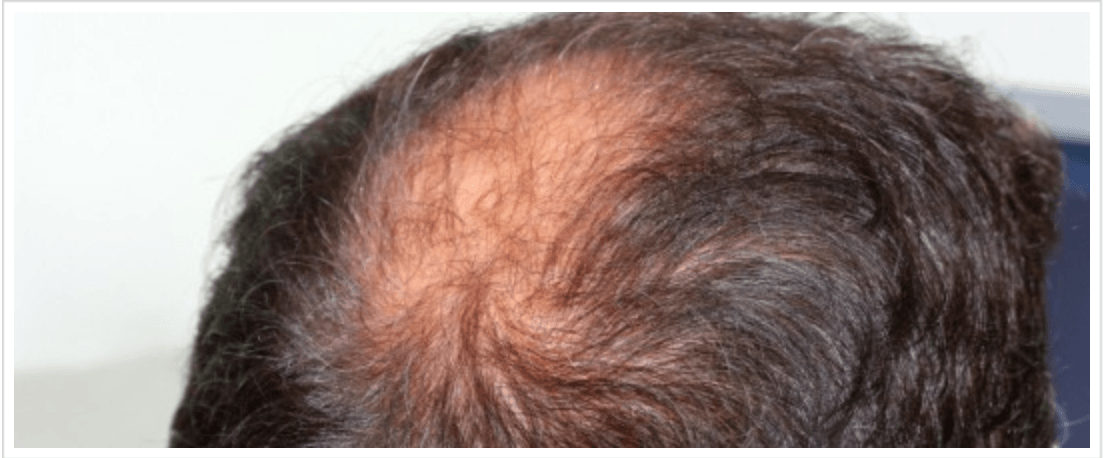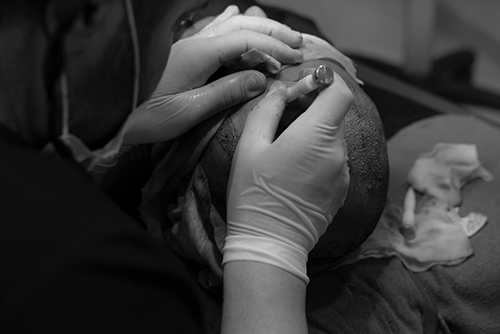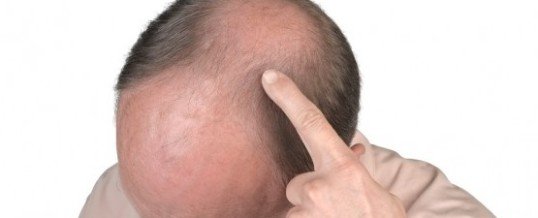Why do we lose hair?

It is normal for hair to shed on a daily basis but in non hair loss situations this hair is replaced with a new strong thick hair. When hair shedding is excessive, hair loss becomes noticeable as the thicker hairs that shed are replaced with thinner and shorter hair. There are many different potential causes of hair loss. These causes can be hereditary, caused by hormonal changes and medical conditions, and can also be caused by certain medications.
Most hair loss is hereditary. This condition is called male-pattern baldness. This type of hair loss leads to thinning across the top part of the scalp and hairline. The area on the back and sides is unaffected in male-pattern baldness.
Hormonal changes and medical conditions can also lead to hair loss. These can vary from scalp infections and skin disorders to alopecia areata, which is when the hair follicles are attacked by the body’s immune system, Thyroid gland problems can also lead to hair loss causing hormonal imbalances. Medications and hair treatments may also cause hair loss. This is most commonly seen when radiation is used in cancer treatments.
Hair transplantation is not an option for every type of hair loss. For hair transplantation to be effective healthy follicles are relocated from donor area on the back and sides of the scalp to the thinning areas on top. This means hair loss caused by hormonal imbalances or medications are not able to be corrected with hair transplantation. Fortunately most hair loss is caused by male-pattern baldness. People experiencing this type of hair loss are excellent candidates for hair transplantation.










